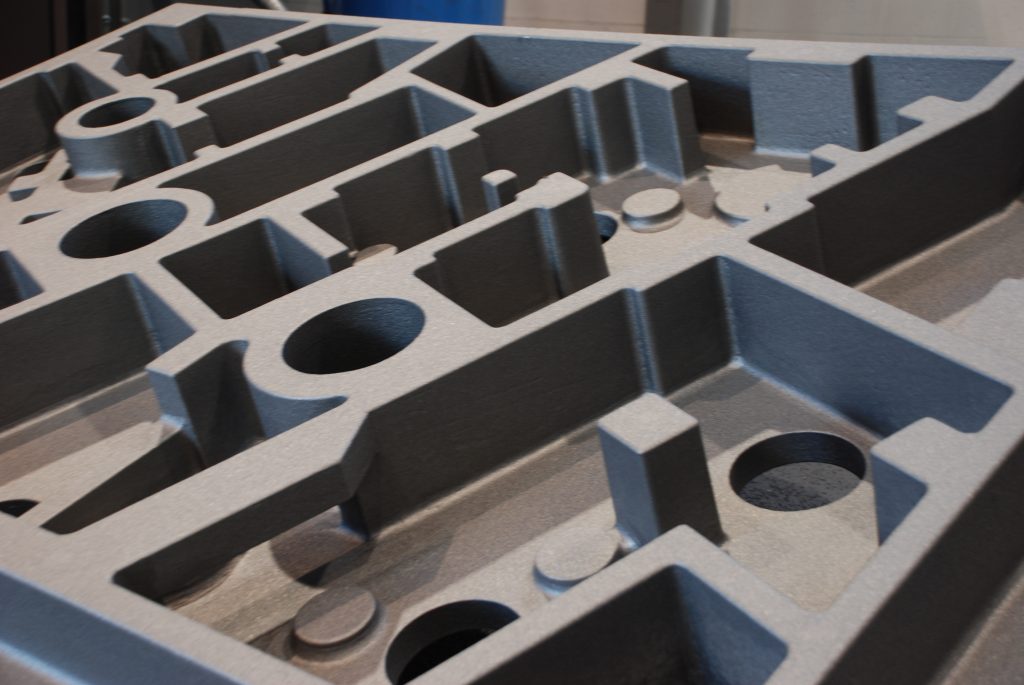Welcome to Facts Vibes! Today, we’re delving into the fascinating world of iron with some fun facts that will enrich your knowledge. From its role in our bodies to its presence in Earth’s core, prepare to be amazed by the wonders of this essential element.
Discovering the Fascinating World of Iron: Fun Facts and More
Iron is an essential element with a fascinating world waiting to be discovered. Iron is one of the most abundant elements on Earth and plays a crucial role in various aspects of human life. From the Iron Age to modern-day applications, iron has been an integral part of shaping human history and technological advancements.
Did you know that iron is the most commonly used metal in the world? Its properties – such as being strong, durable, and versatile – make it a favorite in construction, manufacturing, and engineering. Iron is also a crucial component in the production of steel, a material widely used in countless industries.
Apart from its industrial significance, iron is also vital for human health. It is an essential component of hemoglobin, the protein in red blood cells that carries oxygen from the lungs to the rest of the body. An iron-rich diet is crucial in preventing anemia and maintaining overall well-being.
Furthermore, the study of iron and its properties continues to captivate scientists and researchers. They explore its behavior under different conditions, its role in planetary formation, and its potential applications in cutting-edge technologies like nanotechnology and electronics.
In conclusion, the world of iron is indeed a fascinating one, filled with a rich history, diverse applications, and ongoing scientific exploration. Whether in industrial processes, human biology, or advanced research, iron’s importance cannot be overstated.
Most popular facts
Iron is the fourth most abundant element in the Earth’s crust.
Iron is the fourth most abundant element in the Earth’s crust.
The human body needs iron for the production of red blood cells.
The human body needs iron for the production of red blood cells.
Iron is a key component of hemoglobin, the protein in red blood cells that carries oxygen to the body’s tissues.
Iron is a key component of hemoglobin, the protein in red blood cells that carries oxygen to the body’s tissues.
Iron is essential for transporting oxygen from the lungs to other parts of the body.
Iron is essential for transporting oxygen from the lungs to other parts of the body.
Iron deficiency can lead to anemia, fatigue, and decreased immune function.
Iron deficiency can lead to anemia, fatigue, and decreased immune function.
Red meat, poultry, and seafood are rich sources of dietary iron.
Red meat, poultry, and seafood are rich sources of dietary iron.
Spinach, lentils, and beans are also good plant-based sources of iron.
Spinach, lentils, and beans are also good plant-based sources of iron.
Iron is used in the production of steel, which is crucial for building infrastructure and manufacturing.
Iron is used in the production of steel, which is crucial for building infrastructure and manufacturing.
Iron has been used by humans for thousands of years, from making tools to creating art and jewelry.
Iron has been used by humans for thousands of years, from making tools to creating art and jewelry.
The Earth’s core is composed mostly of iron and nickel.
The Earth’s core is composed mostly of iron and nickel.
Iron has magnetic properties and is widely used in magnets and electromagnets.
Iron has magnetic properties and is widely used in magnets and electromagnets.
Iron is important for the health of plants, as it is involved in the process of photosynthesis.
Iron is important for the health of plants as it is involved in the process of photosynthesis.
Iron has been associated with strength and resilience in many cultures and mythologies.
Iron has been associated with strength and resilience in many cultures and mythologies.
The chemical symbol for iron is Fe, derived from the Latin word “ferrum.”
The chemical symbol for iron is Fe, derived from the Latin word “ferrum.”
Iron plays a role in maintaining healthy brain function and cognitive development.
Iron plays a crucial role in maintaining healthy brain function and cognitive development.
In conclusion, iron is a fascinating element with a rich history and many interesting properties. Its role in our daily lives and its presence in the earth’s core make it a crucial element to study and understand. Whether it’s in our blood, in the tools we use, or in the stars above, iron continues to captivate and inspire scientific exploration and marvel.
